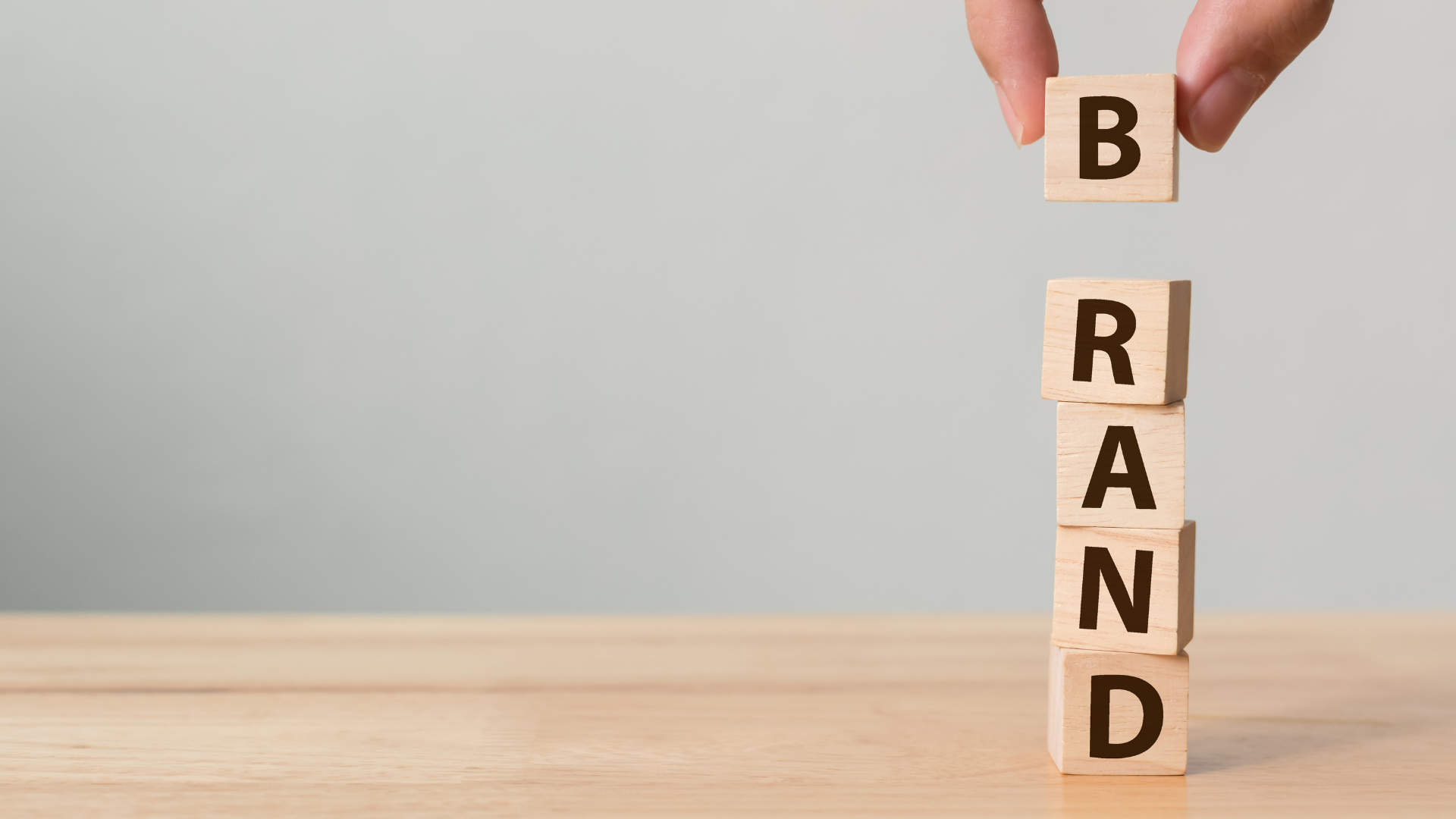As We Exit COVID, Your Company’s Brand May Be Under Attack
Apr 20, 2021 • Features • field service • Covid-19 • Leadership and Strategy • Sam Klaidman
In this new article for Field Service News, Sam Klaidman, Founder and Principal Adviser at Middlesex Consulting, discusses many aspects that field service organisations should consider and evaluate as we start existing the pandemic...
The pandemic still has the world in its grip, but it is becoming looser as vaccinations become more widespread. In some developed countries, we see signs of increased hiring and manufacturing output. And increasing manufacturing output means more demand for field service for installation, training, and warranty work as well as remedial repairs on equipment supporting the manufacturing ramp-up.
The big unknown is how B2B customers will react to field service continuing its emphasis on touchless service while they are thinking about the old normal. The answer to that question may impact how these customers think about our brand: which can have a major impact on our future business.HOW B2B BUYERS SELECT A PRODUCT TO PURCHASE
As a service leader, you know about customers and their buying habits. You know that most products are becoming commodities and while there may be differences between products from different managers, those differences will disappear over time and new differences will emerge from other competitors. You also know that there is usually a minor difference in price and anyway, B2B businesses do not buy based on price.
So how do people choose who to purchase their new equipment from if not by price or features and functions? If we are totally honest, we would say the primary differentiator is service. Of course, our sales and marketing peers would disagree with you, but we know they are biased. They would probably agree with you if you said, “people buy based on the brand.”
WHAT IS A BRAND?
If you ever want to get into a good argument with sales and marketing people, just ask each person to write down their definition of brand. Do not be surprised if there is no agreement. During my research, I discovered a wonderful article “Defining What a Brand Is: Why Is It So Hard?" In the article the author, Tracy Lloyd, shared a few definitions:
- David Ogilvy, the “Father of Advertising,” defined brand as “the inangible sum of a product’s attributes.”
- The Dictionary of Brand defines brand as “a person’s perception of a product, service, experience, or organization.”
- Marty Neumeier, author and speaker on all things brand, defines brand by first laying out what a brand is not: “A brand is not a logo. A brand is not an identity. A brand is not a product.” Neumeier goes on to say that “a brand is a person’s gut feeling about a product, service, or organization.”
Definitions 2 and 3 are remarkably similar yet hard to do anything with.
In late 2012, my friend Harry Klein, a professional Marketeer, and I decided to collaborate on a White Paper that we called “Because I’m The Customer!” A Guide to Managing Your Brand & Customer Experience in the Age of the Customer. Here is a paragraph from the White Paper:
As Brian Millar wrote in his FastCompany article Branding Talk Isn’t Helping Your Company. Here’s What Should Replace It:
“If you promise something clearly, deliver on that promise, and repeat the process, you build strong emotional links to your company with certain consumers. But that’s where the value resides: in my head and your head, and your mother’s head. And the stuff inside my head is my property. If brands exist at all, they exist in the minds of consumers. I can switch my brand of search engine at a moment’s notice. Bank accounts and makes of automobile are a bit more hassle to discard, but I can still change my mind about them.”
So, a brand is unique to each of us. It is the sum of all promises and experiences we had with a product, service, or company. This perception changes as we forget old or irrelevant promises or experiences and add newer ones to our memory. And to make matters worse, we might have different perceptions of different situations with the same product or service.
Here is an example: Think about your current car. If we are talking about design and ease of use, you might say “It took me only 30 minutes to figure out how to set up the infotainment system.” But if I ask you about the dealers training on all the new features, you might say “he was confused and so was I.” And if ask about fuel economy, you might say “It is great on the open road, crap in city driving, and does not come close to what was on the sticker.” But if I just ask, “how do you like your new car,” you might respond “I love it and feel like I rule the road when I drive it.”
ARE BRANDS REAL?
Even though brands only exist in our minds, they are real because we make our purchasing decisions based on our current perceptions of the promises the manufacturer makes and our experiences about how well these promises are met. In other words, brands drive how money is spent! That is as real as it gets.
In January 2021 McKinsey & Company released an interesting article “The Rising Value of Industrial Brands.” One of the six main insights in the article is;
Visibility drives performance—but only for a few players. The top three brands in each segment average a total 60 percent of visibility, and the top brand typically has four times more visibility than the third-place competitor. Overall, 5 percent of companies capture 95 percent of total visibility. And top-quartile companies enjoy about 30 percent higher ROIC than those in the bottom quartile.
McKinsey & Company uses visibility (share of voice) as the measure of brand favoritism. They define visibility as “… brand name mentions in the media, including industry publications that customers read to learn about new products, systems, and technologies. Because B2B sales are increasingly held to the same standards as B2C sales channels, including the option to purchase online, we also tracked the growth of searches for the brands on major online search engines.”
Next, they show how share of voice impacts the company’s ROIC (Return on invested capital):

CLOSING THE CIRCLE
Since a brand is the sum of all promises (expectations) and experiences we had with a product, service, or company and brand visibility drives ROIC (and other financial metrics), then your promises and delivered experiences are driving your financial results. That raises two questions:
Question 1. Where do expectations come from?
There are six sources of customer expectations
- Organizational promises
- Competitor’s promises and/or performance
- Personnel promises
- B2C experiences
- Previous experiences with your business
- Comments from friends and associates
Unfortunately, you and your business can only influence #1 and #3. The other four are outside your control but you must be sensitive to them and if you or your team discovers that customers have expectations that differ from what you can routinely deliver, you must reset their expectations. Doing that professionally will prevent disappointment when the experiences are as you promised, not what they wanted.
Question 2. Where do experiences come from?
Every interaction your company has with a customer or prospect creates a new memory of an experience. The two most important steps you can take to make sure you are providing great experiences are
- Train everyone on how what they do and say impacts how customers feel about doing business with your company
- Follow up either all interactions or a randomly chosen subset of all interactions and talk about how the customers feel about their experience. Discussions are better than surveys because people are sicker of surveys than they are of being locked down at home. Do this every day with the same people making the calls and analyze the data using as many views as you can imagine. Then share the results with everyone in the company.
WHY IS MONITORING BRAND PERFORMANCE ESPECIALLY IMPORTANT AS WE EXIT COVID-19?
During the past year, we have all been busy implementing touchless service, a blended workforce, and trying to avoid sending our Field Engineers on calls for both health and safety and economic reasons. Many of us believe that these initiatives will continue into the future and become our permanent business model.
This was expected during the height of the pandemic and customers subconsciously adjusted their expectation to accept what you were providing. But what if customer’s expectations revert back to the 2019 business model and you continue to deliver on the 2020 model? A major gap will open up and customers will feel disappointed.
The solution is marketing communications. You and your team must proactively reset your customer’s expectations to be in line with your intended future deliveries. There might be some intense customer discussions and you may have to modify your plans if the pushback is too great. You must ensure that the experiences your business delivers either meets or exceeds your customer’s expectations.
Finally, when the folks in the C-suite start looking for more revenue and profits, don’t automatically jump on the cost-reduction train. Make sure your promises are being met and exceeded by your performance. It takes work but it is worth the efforts.
Further Reading:
- Read more about Leadership and Strategy @ www.fieldservicenews.com/leadership-and-strategy
- Read more exclusive FSN articles by Sam Klaidman @ www.fieldservicenews.com/sam-klaidman
- Read more about the impact of COVID-19 on the field service industry @ www.fieldservicenews.com/covid-19
- Connect to Sam Klaidman @ www.linkedin.com/samklaidman
- Find out more about Middlesex Consulting @ www.middlesexconsulting.com
- Read more from Sam Klaidman @ middlesexconsulting.com/blog





















 Field Service News is published by 1927 Media Ltd, an independent publisher whose sole focus is on the field service sector. As such our entire resources are focused on helping drive the field service sector forwards and aiming to best serve our industry through honest, incisive and innovative media coverage of the global field service sector.
Field Service News is published by 1927 Media Ltd, an independent publisher whose sole focus is on the field service sector. As such our entire resources are focused on helping drive the field service sector forwards and aiming to best serve our industry through honest, incisive and innovative media coverage of the global field service sector.
Leave a Reply